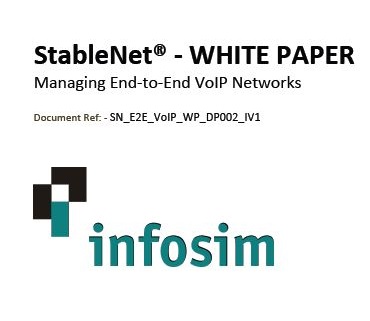Are you considering a Unified Communications strategy in your organization?
Gartner Estimates That 90% of Existing Data Networks Need Additional Build-out to Support VoIP and 100% Require Some Configuration Changes.
Your network determines the overall voice quality, performance and end-user satisfaction. Poor network infrastructure will lead to unnecessary network upgrades and put your project at risk. Your network has to be able to support your unified business strategy.
A Proper VoIP Pre-Assessment can determine where bottlenecks will be and what investments need to be made before moving ahead with your IP telephony project.
The Benefits of Testing
- Voice Path – test the actual path the voice will take. The signaling may be set up differently than the path the actual call follows.
- Voice Quality – Measure the Jitter, Latency and Loss on voice calls before deployment. By measuring these variables you can calculate the MOS values, or the actual call quality
- Number of sustainable calls – You can measure the number calls your network can sustain before voice quality starts to diminish.
- Feasibility of success – You will know before you start what is the feasibility of success.
The Right Methodology
- Build a Network Inventory so that you understand what LAN/WAN components are going to effect your overall quality.
- Current Network Utilization of each device and link to baseline your network over a period of time.
- Configuration assessment to compare information about device configuration gathered during a network inventory to a set of rules you supply.
- Model the network to predict the call quality that can be expected based on the current network statistics.
- Synthetic Calls Predicts call quality in a real environment. This gives you the metrics to provide an accurate prediction of the overall call quality that can be expected once VoIP is deployed.
- Reporting and pull all your information in a report so that you have a base line.






